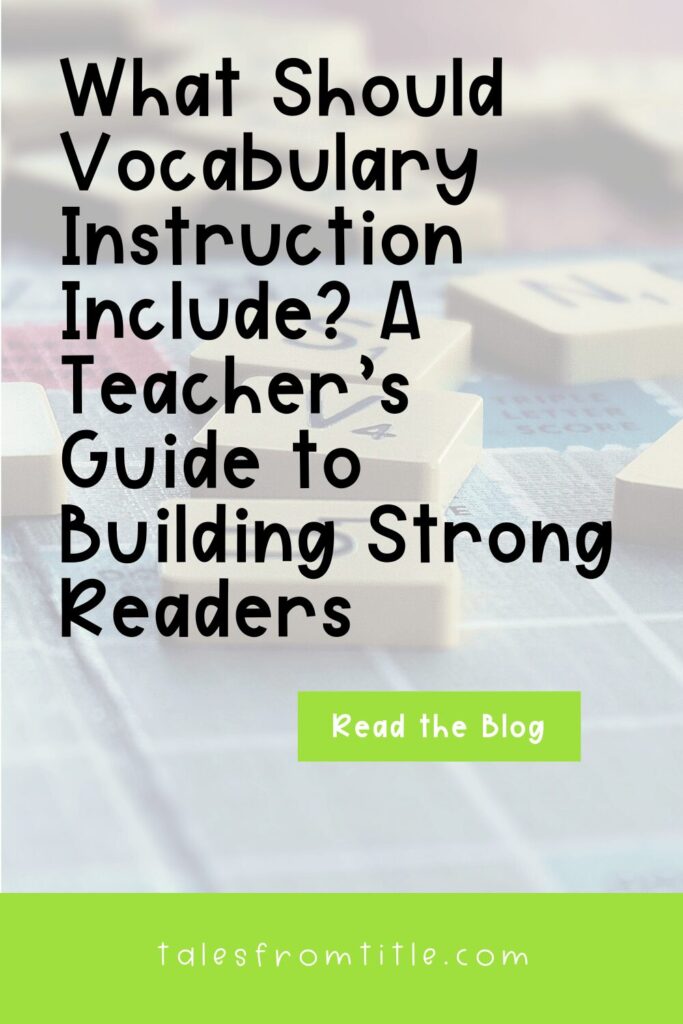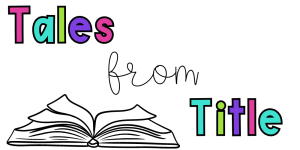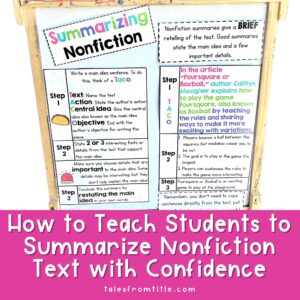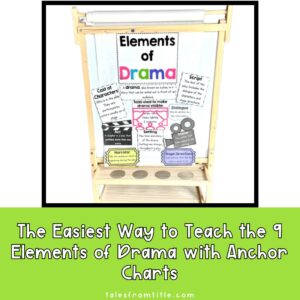It’s time for part seven of my ten-part series on the components of reading! In this series, I discuss what each component of reading is, what it means, and why it’s important. If you missed the earlier posts, you can catch up here:
- Part 1 – What is Phonemic Awareness
- Part 2 – Why is Phonemic Awareness Important
- Part 3 – What is Phonics
- Part 4 – Why is Phonics Important
- Part 5 – What is Fluency
- Part 6 – Why is Fluency Important
Today’s post starts off the two-part mini-series on vocabulary. In this post, we’ll explore why vocabulary is an important skill young readers need to develop.
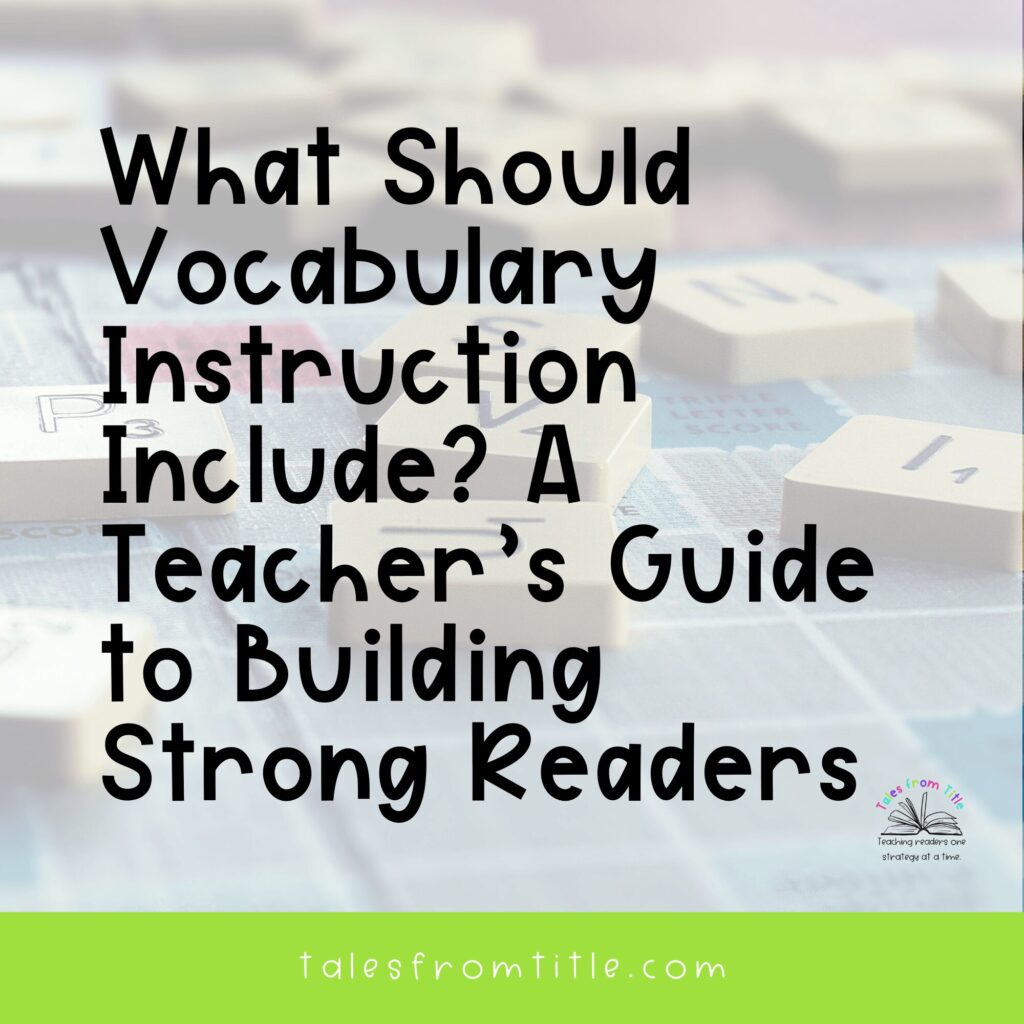
Have you ever sat down to read something and then ended up spending so much time looking up unknown words? It makes reading frustrating and requires a lot of going back to reread to truly understand what you have read. Conversely, have you noticed how much easier it is to understand a story or article when you already know most of the words? Your ability to understand what you’ve read all comes down to vocabulary or a lack thereof. This directly impacts a student’s ability to comprehend and communicate effectively. In this post, we will define vocabulary, explore its importance in reading, and break down what effective vocabulary instruction and intervention should include.
What is Vocabulary?
Vocabulary refers to the set of words a person knows and uses to communicate. In education, we break vocabulary into four types:
- Listening Vocabulary: Words we understand when we hear them.
- Speaking Vocabulary: Words we use when we talk.
- Reading Vocabulary: Words we understand when we read.
- Writing Vocabulary: Words we use when we write.
Each type of vocabulary plays a crucial role in overall literacy development. For example, a student with a strong listening and speaking vocabulary has a good foundation for understanding new words they encounter in print. Without a robust vocabulary, students struggle to grasp the meaning of texts, hindering their academic growth.
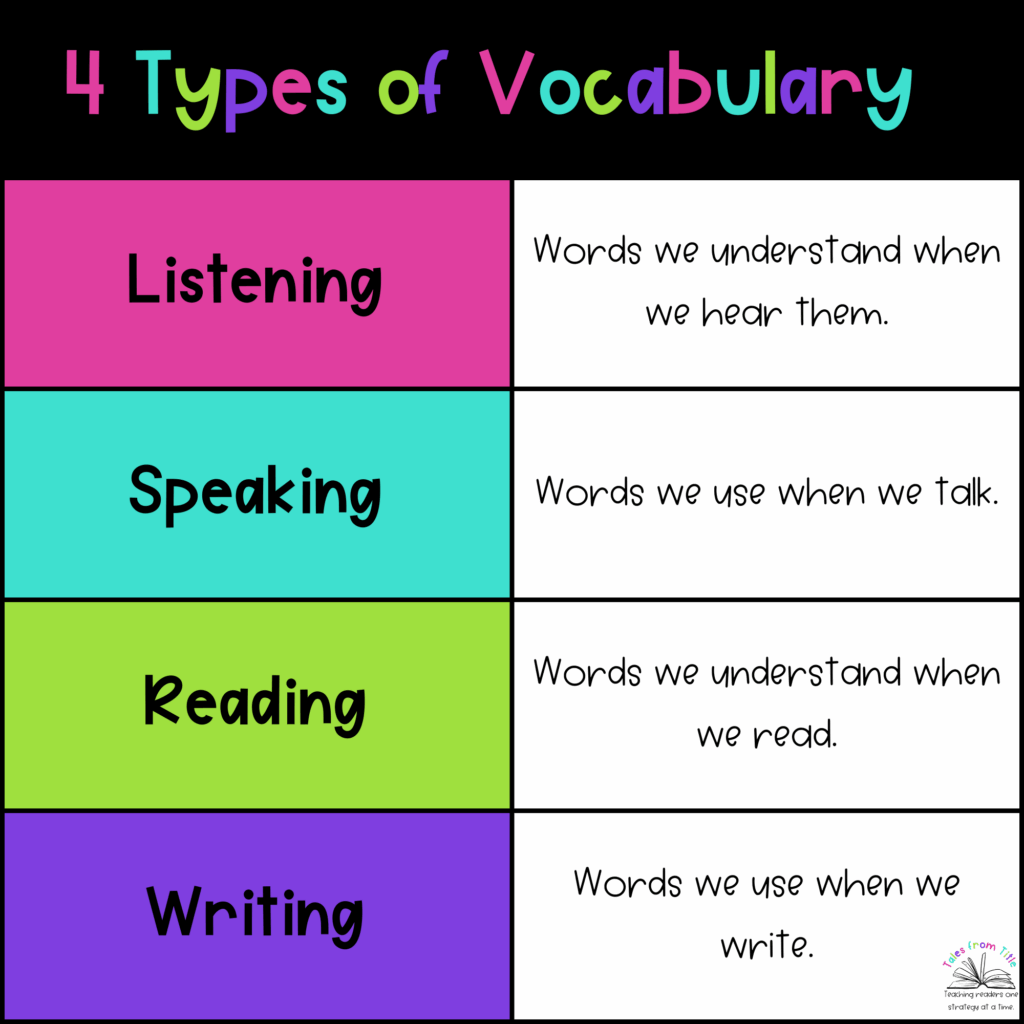
What Should Vocabulary Instruction Include?
Effective vocabulary instruction doesn’t happen by chance; it requires deliberate planning and implementation. Here are five components you should consider including in your lessons to help students build a robust vocabulary:
1. Explicit Instruction of New Words
Providing clear, specific instruction of new words is essential to student growth. When teaching students new words, especially academic words, sometimes called Tier 2 vocabulary, follow these steps:
- Provide student-friendly definitions. Simplify the term to make it understandable.
- Offer multiple examples of how the word can be used in conversations and texts.
- Provide examples of synonyms and antonyms to deepen understanding.
These strategies help students integrate new words into their working vocabulary effectively.
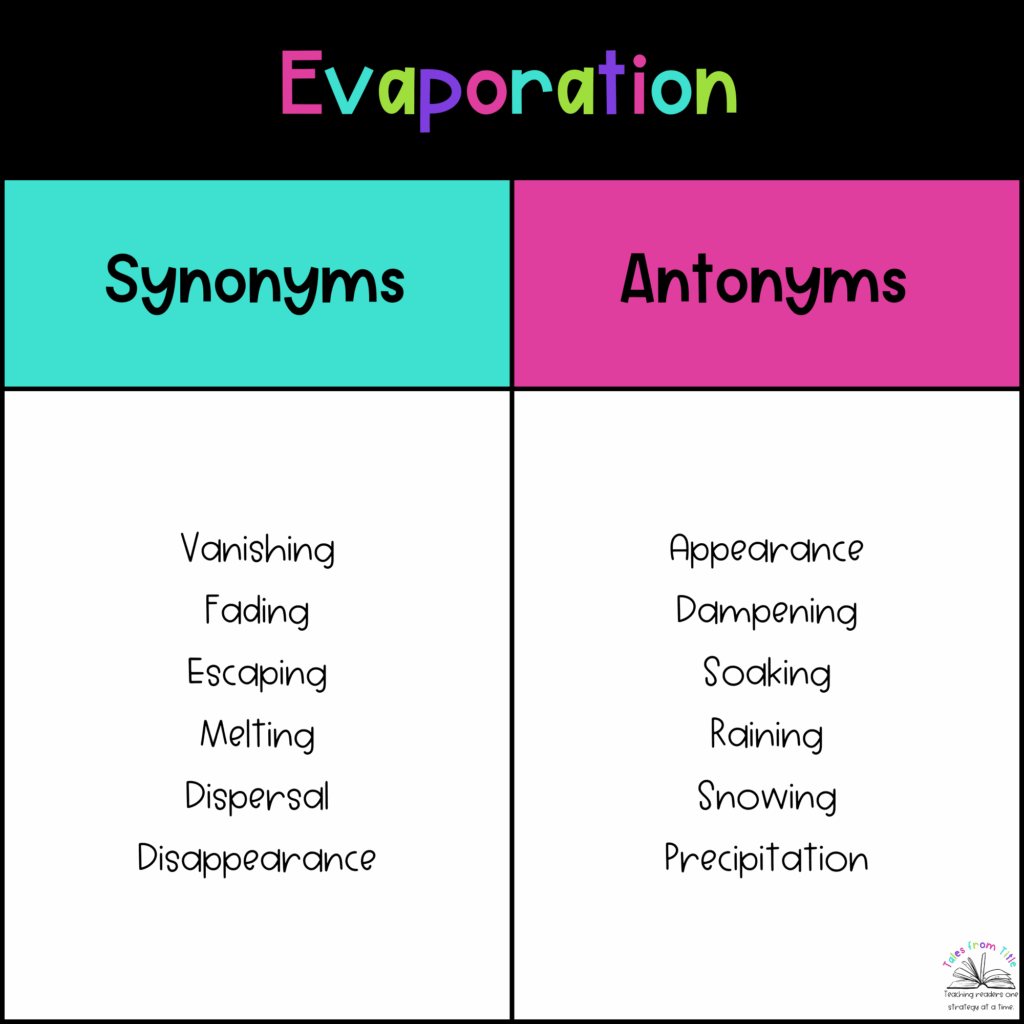
2. Active Engagement with Words
Students need opportunities to interact with words beyond rote memorization. Activities that foster engagement include:
- Word mapping: Visual tools to explore meanings, synonyms, and usage.
- Matching games: Pairing words with their definitions or images.
- Real-world applications: Encouraging students to use new vocabulary in writing, discussions, and presentations.
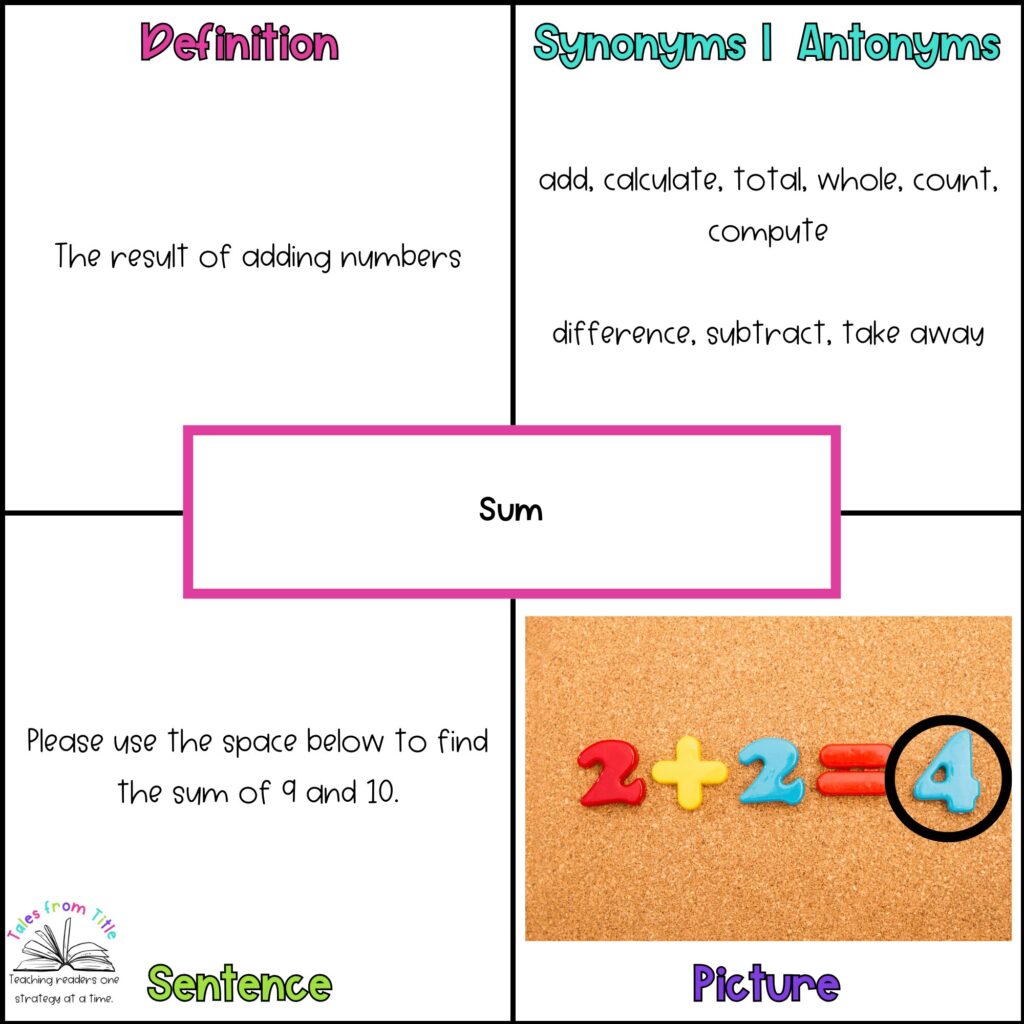
3. Repeated Exposure
Research shows that students need multiple exposures to a word in different contexts to internalize its meaning. Reinforce new words by:
- Using them during read-alouds.
- Including them in center activities or independent practice.
- Displaying them on a word wall for year-round reference.
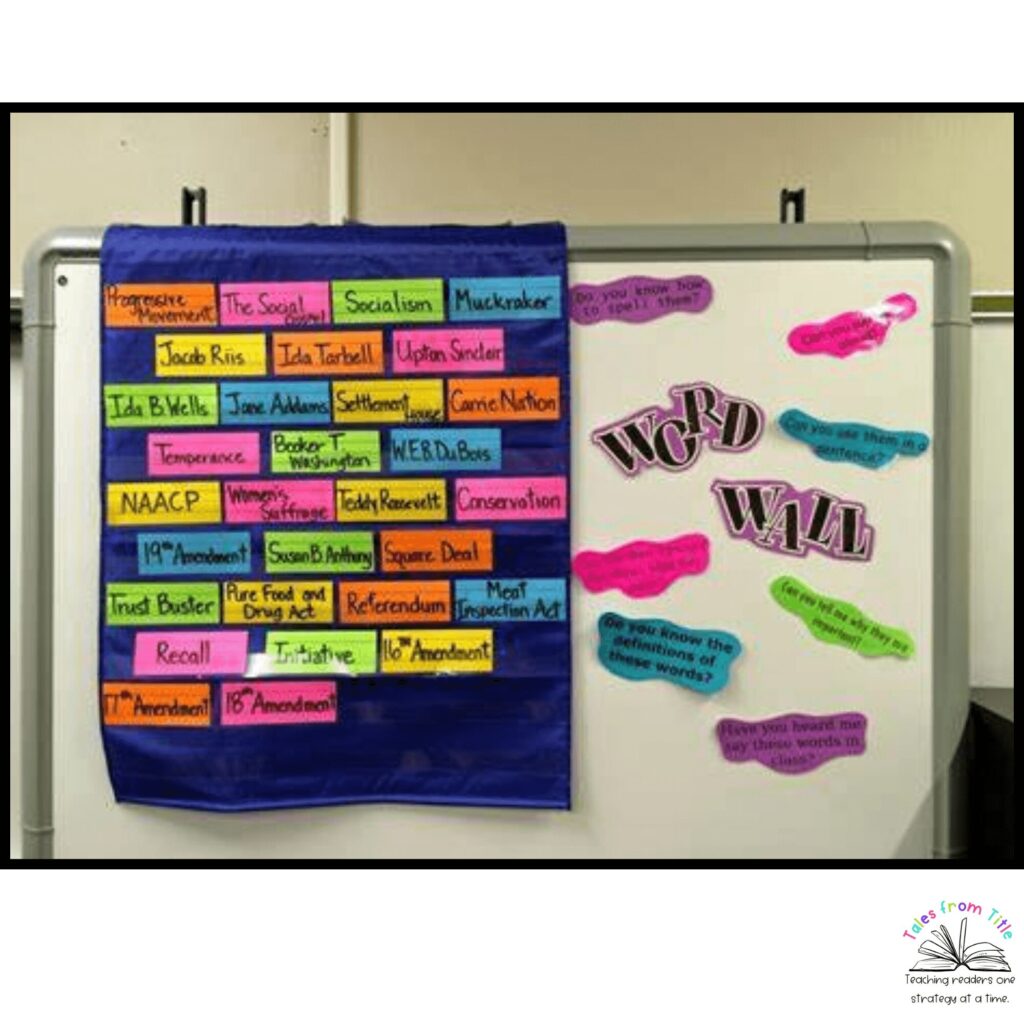
4. Word-Learning Strategies
Teach students how to deduce the meanings of unfamiliar words by using strategies such as:
- Using context clues.
- Breaking down words into prefixes, suffixes, and roots.
- Using dictionaries or digital tools to look up words.
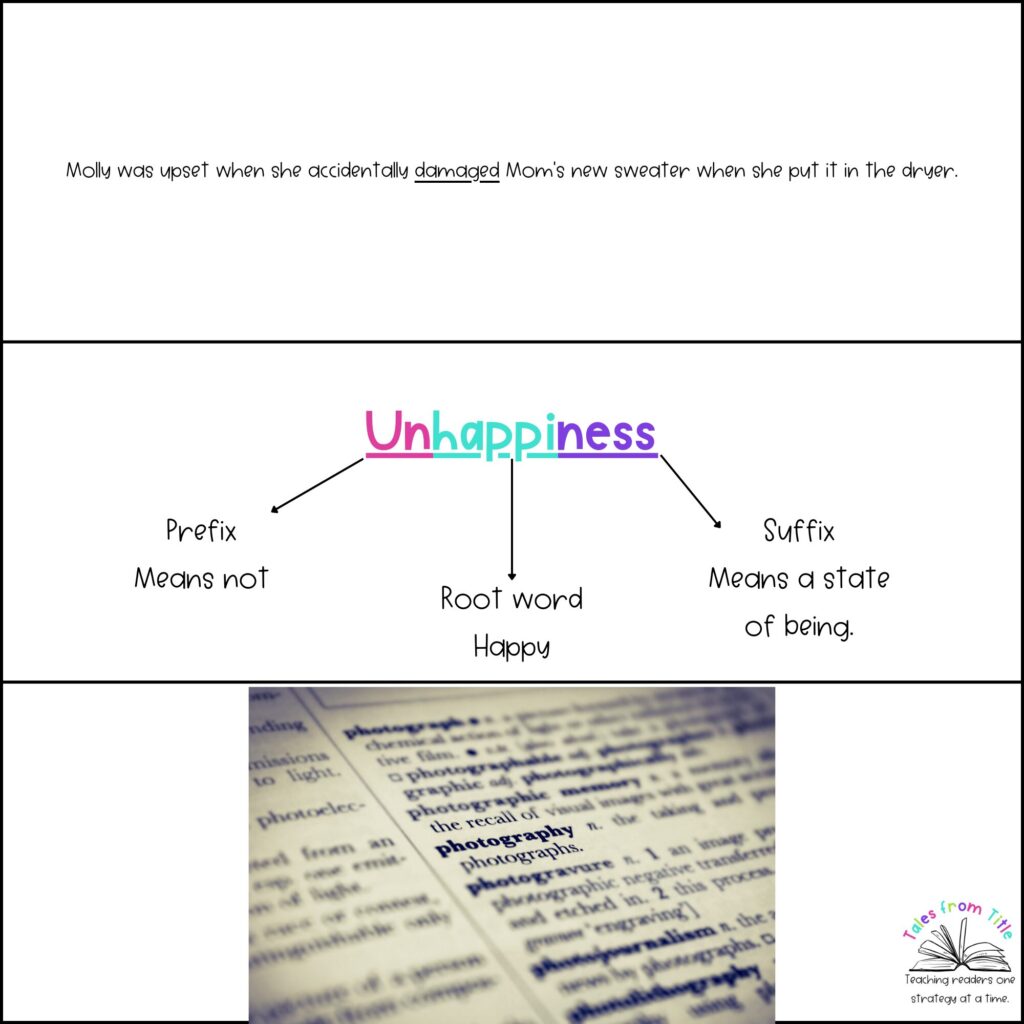
5. Building Word Consciousness
Keep students curious about words by:
- Implementing a “word of the day” program
- Discussing interesting words encountered during lessons.
- Highlighting how words can have different meanings depending on the context.
Vocabulary Intervention for Struggling Readers
If you’ve ever worked with students from print-poor environments, you know how challenging vocabulary instruction can be. These students often have limited exposure to books, words, and real-world experiences. However, with patience and deliberate instruction, significant progress is possible.
Here are some strategies to support students with limited vocabulary:
- Targeted Instruction: Focus on high-utility words and connect vocabulary to students’ background knowledge and interests.
- Multisensory Approaches: Engage multiple senses with visual aids (pictures, diagrams, videos), kinesthetic activities (acting out words), and auditory reinforcement (songs, chants).
- Scaffolding and Differentiation: Use supports like sentence starters or pictures to build confidence.
- Progress Monitoring: Track growth with vocabulary quizzes, journal entries, or oral responses to adjust instruction as needed.
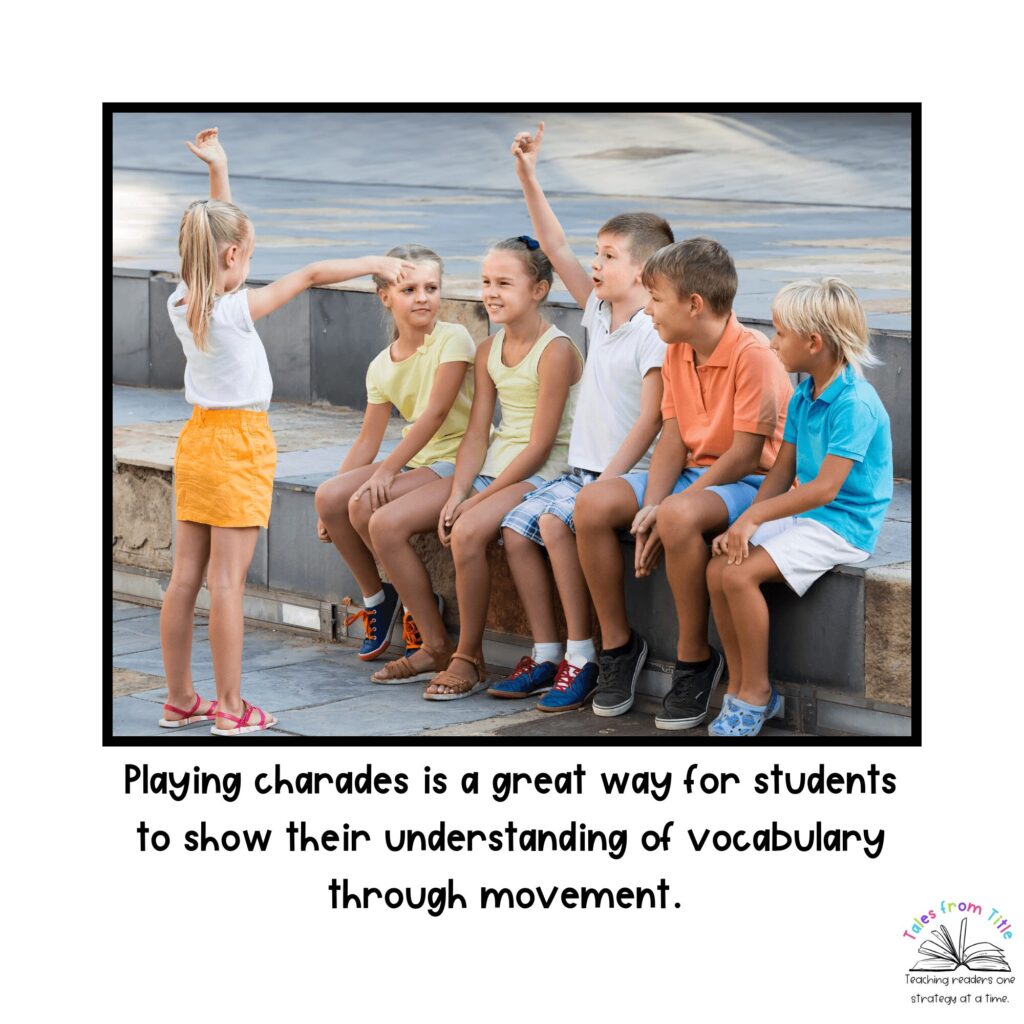
Examples of Vocabulary Activities
Need ideas to add to your vocabulary instruction toolbox? Try these:
- Word Webs/Mapping: Have students create visual organizers connecting new words to known concepts.
- Vocabulary Journals: Students record definitions, synonyms, and usage examples for new words.
- Contextual Practice: Encourage students to write sentences, short stories, or dialogues using vocabulary words.
- Games and Digital Tools: Use resources like Kahoot, Quizlet, or modify classic board games to reinforce learning.
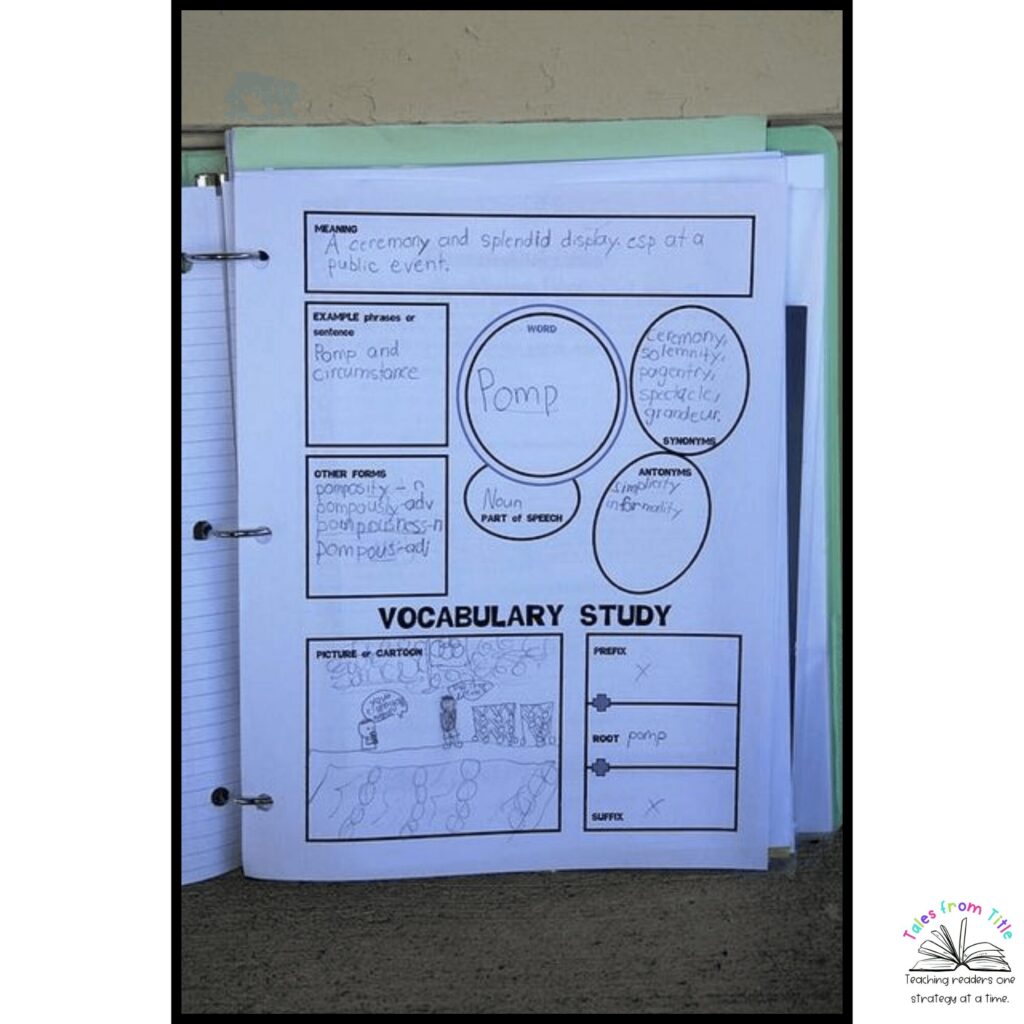
Conclusion
Vocabulary is more than just a list of words – it’s a vital part of reading comprehension and communication. By incorporating explicit instruction, active engagement, and ongoing practice, teachers can help students build the vocabulary they need to succeed in school and beyond.
Do you have a favorite vocabulary teaching strategy? Share it in the comments below.
